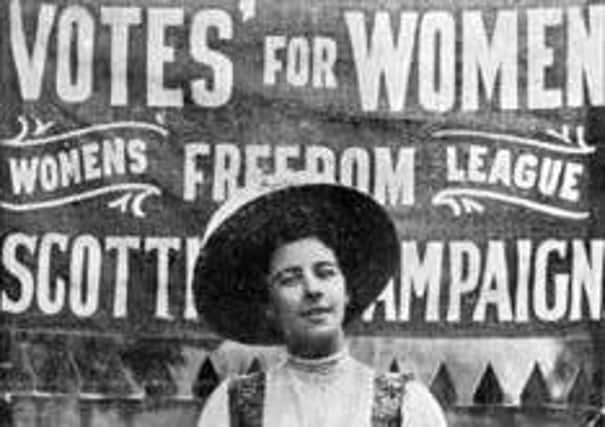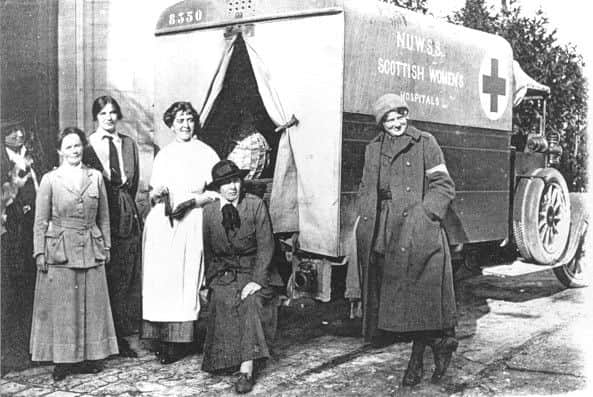A timeline of Scotland’s suffrage movement


At the turn of the 20th century, women were largely confined to the home in domestic servitude. Political legislation at the time was the domain of the man, with Suffragists campaigning for voting rights equal to those of men to be bestowed upon them.
In 1900, women had partial voting rights that allowed them to vote in local elections. Much discontent was felt at the denial of women to freely elect their preferred Members of Parliament.
Advertisement
Hide AdSuffragist Elsie Inglis became involved in the foundation of the Scottish Women’s Suffragette Foundation in 1906. She had trained as a doctor but could not formally qualify for the role until it had been made available to women. A fellow member of the Foundation, Flora Drummond, was imprisoned several times for her protesting methods which included hunger strikes and imflammatory rhetoric that encouraged militancy.


By this time, Suffragist organisations had been established for thirty or forty years. The Suffragists were peaceful protestors who aimed to affect social change through letter-writing, demonstrations, parliament petitions and public meetings. A new, militant branch in the fight for women’s liberation appeared in the form of the Suffragettes, who were much more militant. Across the country, Scottish Suffragettes chained themselves to railings and even set fire to landmarks such as Leuchars Railway Station and Ayr Racecourse to publicise their cause.
Public opinion began to sour at the activities of the Suffragettes when the First World War broke out. With many emancipatory groups from all sides of the debate focusing their efforts on war work instead, women were drafted in to work in the factories while men left to fight. Britain’s war effort was revolutionised by nurses, female assembly line workers and female farmers.
In the middle of the conflict, landlords around Glasgow raised the rents of those working in the shipyards and munitions plants in Partick and Govan. Led by Helen Crawford, the local women presented an organised front which had a direct effect in bringing the Rent Restiction Act to bear. For the first time in Scottish suffrage’s history, women had managed to effect rapid and legal change.
Bowing to pressure, the government passed the Representation of the People Act in 1918 which afforded the right to vote to all women over the age of thirty and men over the age of twenty-one. This gradual step on the path to equality led to women getting the voting age reduced to 21 and finally to 18 - the same as men - in 1969.